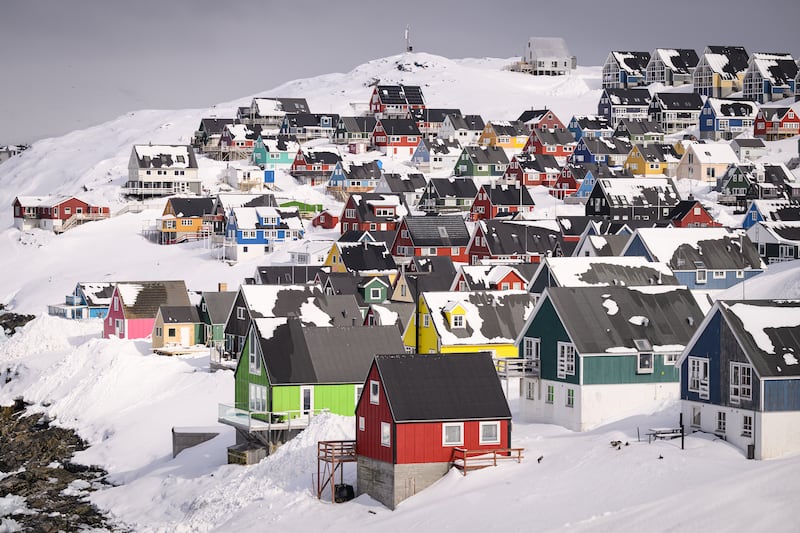If you’re crossing a busy street in an unfamiliar city, it’s usually a good idea to put a few locals between yourself and the traffic. The trouble is, in Beijing the locals follow the same strategy.
If you try to slide in alongside a pedestrian or two on the crossroads next to my building, they will slow down halfway across and slip around the other side of you. It was halfway across there a few days after I arrived in the city that one of my new friends told me he had been hit by a car not long after came to Beijing.
I asked him where it had happened.
“Right here,” he said.
One car stopped while he was on the pedestrian crossing but another came from behind it and knocked him over. Some friends who were passing in a taxi saw it happening, recognised him and got him to hospital where he remained for a month.
“There’s actually a system to it, you’ll get used to it,” he said.
This turned out to be true for cars, which don’t always stop where they ought to but generally travel in a single direction and keep to the same side of the street. Two-wheeled and three-wheeled vehicles follow no such pattern and they will move in any direction on the street or the pavement, often shooting across diagonally in the face of oncoming cars.
[ Denis Staunton: I had about three minutes to choose my new Chinese nameOpens in new window ]
“The important thing to remember is that they’re not trying to hit you,” one experienced cyclist told me.
Mostly flat with broad boulevards and spacious bicycle lanes, Beijing is built for cyclists and it was not until the 1990s that the car began to take over. Bikes have made a comeback in recent years with shared cycle schemes and the rapid spread of electric bikes and scooters which are treated as equivalent to push bikes in terms of regulation if their maximum speed is below 25mph.
Bicycles and tricycles come with every kind of superstructure so they can serve as miniature delivery vans or multi-passenger vehicles, often carrying incongruously large or unwieldy loads. One man I meet every morning carries 12 bird cages on his tricycle as he pedals along in a concerto of chirrups and cheeps.
The electric scooters can be scary because they are silent and if you don’t see them, there is a good chance their drivers won’t see you because they are checking their phone for directions. But for all the chaos at the crossroads, there is little apparent aggression between motorists and cyclists or from either group against pedestrians.
The bigger danger this week has been walking into another pedestrian as we drifted across the pavement with our eyes fixed upwards. The Ginkgo trees are turning and their leaves seem to be changing from green to yellow before your eyes and falling to the ground to form plump, golden clusters on the street below.
It is such a glorious and stirring sight, the whole of autumn collapsed into a moment, that you find yourself stopping every few minutes to look at it. Looking around, there are always three or four others doing the same, their phones out and pointing upwards in homage.
I was about to tell a friend about the Ginkgo trees until I remembered that her compound is locked down for a week and she only gets out into her courtyard once a day.
“They take very good care of us. They bring us fresh vegetables,” she told me.
Like most of the lockdowns in Beijing since Covid cases started to increase, my friend’s is limited to a small area and a few buildings. In some parts of the city, residents have started testing every day rather than every three days, which has been the standard frequency.
There have been signs of a more flexible approach to dealing with outbreaks, advocated by commentators in some Chinese state-run newspapers. And the fact that the southern manufacturing hub of Guangzhou has not imposed a full-scale lockdown despite new cases hitting 2,000 a day has fuelled hopes that shutdowns like Shanghai’s earlier this year could be off the agenda.
At a meeting on Thursday, the standing committee of the politburo of the Communist Party chaired by Xi Jinping said there must be no relaxation of the zero-Covid policy and called for “more resolute and decisive measures” to curb the spread of the virus. But the leadership also hinted at a more flexible approach when it called for the co-ordination of epidemic prevention and control with economic and social development to limit the impact on the economy.
















